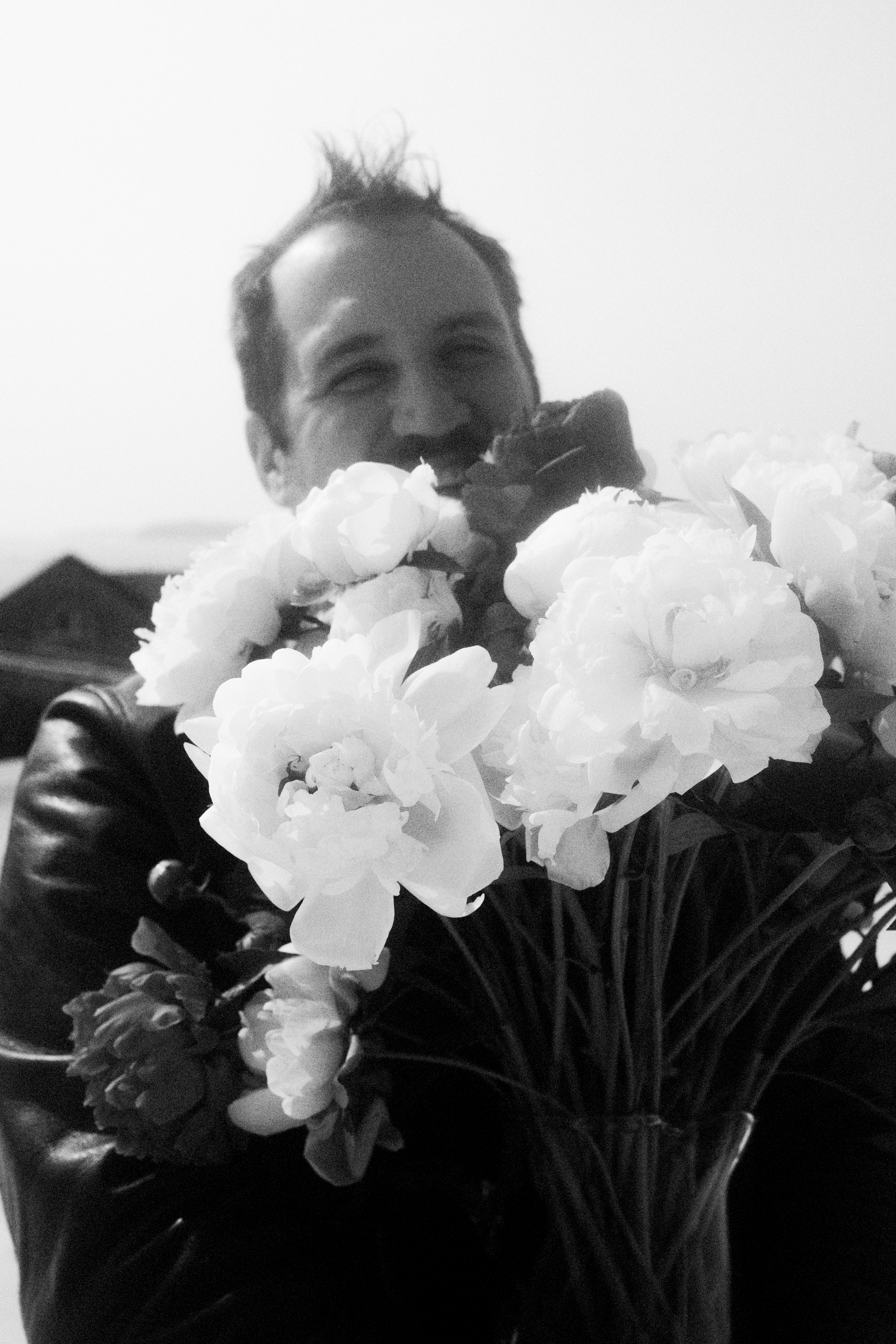Jean Jackets Part 1

That’s what I texted my Mom and my sister when I was looking for their aesthetic advice on my newest garment fascination. And I mean that literally, I feel fascinated by this garment hunt the way men in the barrow downs might feel fascinated by a fairey, or something worse.
I’m talking of course about jean jackets. Or, denim if you want to be fancy. My brother got one for Christmas, a Buzz Rickson WWII Model 13.6oz denim jacket.

A garment not concerned with fashion, it was designed and made by Japanese fanatics to be utterly authentic. Made on period looms with period nylon, even the stitching of that bomber jacket was affected to imply nylon had just been invented, as was the case when that jacket first appeared.
Beyond just bomber jackets Buzz Rickson makes phenomenal garments of other stripes, all museum-grade reproductions. In the excellent article The Limits of Authenticity, it is explained that modern fashion, as it exists on this side of the twentieth century, was really a thing invented in the 1950s and 60s. Old workwear garments were bought up in thrift shops by veterans and hippies. They dictated our tastes and they did so towards garments that were “vintage.”
These beloved “vintage” garments do not start out their lives the soft, supple things we enjoy, rather they are stiff as boards and rather stodgey looking. They must be broken in with actual honest to goodness work.
To affect the look of vintage garments, modern clothes were thinned, pre-worn and even sometimes torn or damaged.
Buzz Rickson was an early manufacturer of clothes meant to be pre-vintage reproductions. That favorite jacket your dad used to wear? This is what it looked like when he pulled it off the rack in a Woolrich.
Most of their equipment was bought on the cheap from US Military bases after they sent their manufacturing over seas. So all of these garments are made on the real deal looms, sewing machines, dyers, and everything else. One of their competitors is called simply “The Real Mccoy.”
On a side note, the best selling leather jacket in Japan, where most of these leather and denim garments are being manufactured, is the A-2 model, the same one the pilots of the Enola Gay wore. Take from that what you will.

That’s enough for tonight.
This is a place for brevity.
So the first two part post won’t be about Roby or Abby or Plainfield or my family, it’ll be about clothes.